Is it possible to encourage interior design that reduces clutter and makes cleaning easier? How can we make spaces look more minimalist & stylish with smart furniture that gives a neater impression.
lutter can have negative effects on your mental and physical well-being. Mentally, it can lead to increased stress, anxiety, and feelings of overwhelm. A cluttered environment often contributes to a lack of focus and decreased productivity. Physically, clutter can hinder movement and create obstacles that lead to accidents. Additionally, excess clutter can impede proper cleaning and ventilation, potentially leading to dust buildup and allergen accumulation.
Creating an organized and tidy space can help alleviate these issues and promote a healthier lifestyle. Our minds naturally prefer order, and continual visual cues of disorder deplete our cognitive capacity, diminishing our capacity to concentrate. The visual disturbance caused by clutter amplifies cognitive burden and may lessen our operational memory. A study conducted in 2011 by neuroscience experts employing FMRI and other physiological assessments discovered that decluttering living and working spaces led to improved focus, enhanced information processing, and increased productivity.
Clutter can make us feel stressed, anxious and depressed. Research from the United States in 2009, for instance, found the levels of the stress hormone cortisol were higher in mothers whose home environment was cluttered.
A chronically cluttered home environment can lead to a constant low-grade fight or flight response, taxing our resources designed for survival.
This response can trigger physical and psychological changes that affect how we fight bugs and digest food, as well as leaving us at greater risk of type 2 diabetes and heart disease. Clutter has the potential to induce feelings of stress, anxiety, and even depression. For instance, a 2009 study conducted in the United States revealed elevated levels of the stress hormone cortisol among mothers residing in cluttered home environments.
When our living spaces are persistently cluttered, it can prompt an ongoing, subtle “fight or flight” response, which strains the resources our bodies have for survival. This reaction can initiate both physiological and psychological shifts, impacting our immune response and digestion, and increasing susceptibility to conditions like type 2 diabetes and heart disease.
Reducing clutter through interior design involves strategic choices to create an organized and visually appealing space. Here are a few tips:
Storage Solutions: Incorporate furniture with built-in storage, like ottomans or beds with drawers. Use shelves, cabinets, and baskets to keep items concealed yet accessible. And multi purpose storage furniture Vertical Space: Make use of vertical wall space for storage or decorative elements. Wall-mounted shelves, hooks, and pegboards can help keep items off surfaces.
Color and Texture: Use a cohesive color palette and textures to create a visually harmonious atmosphere. This can make a space feel less cluttered and more calming
Multi-purpose storage furniture can be incredibly effective in reducing clutter and maximizing space. Here are some ways to use such furniture to your advantage:
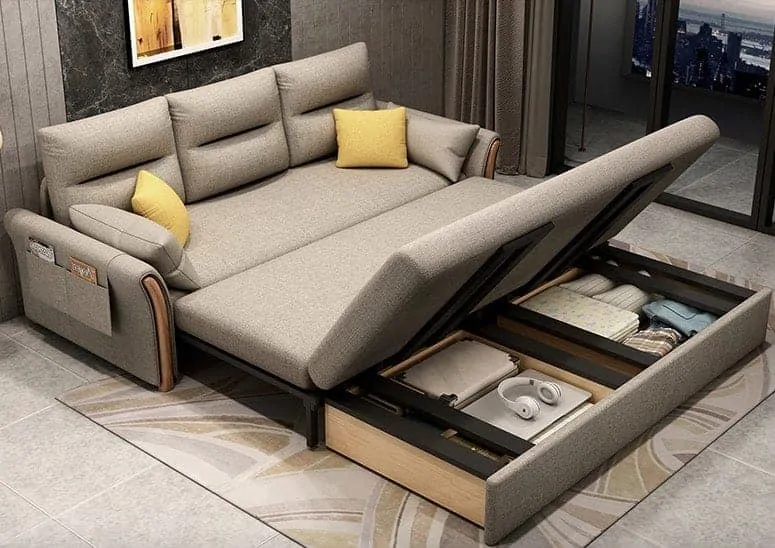
- Convertible Sofa Beds: A sofa that can be easily transformed into a bed is perfect for accommodating guests while saving space. It can also include storage drawers underneath for extra bedding or other items.
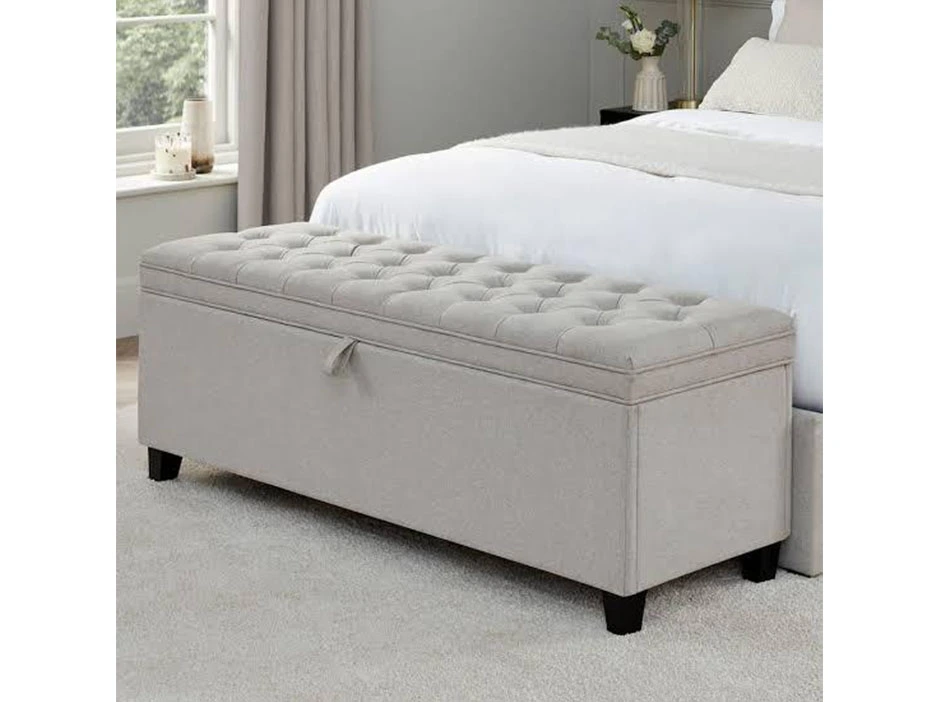
2. Storage Ottomans: Ottomans with removable tops can serve as both seating and hidden storage space. You can store blankets, magazines, or other items inside.
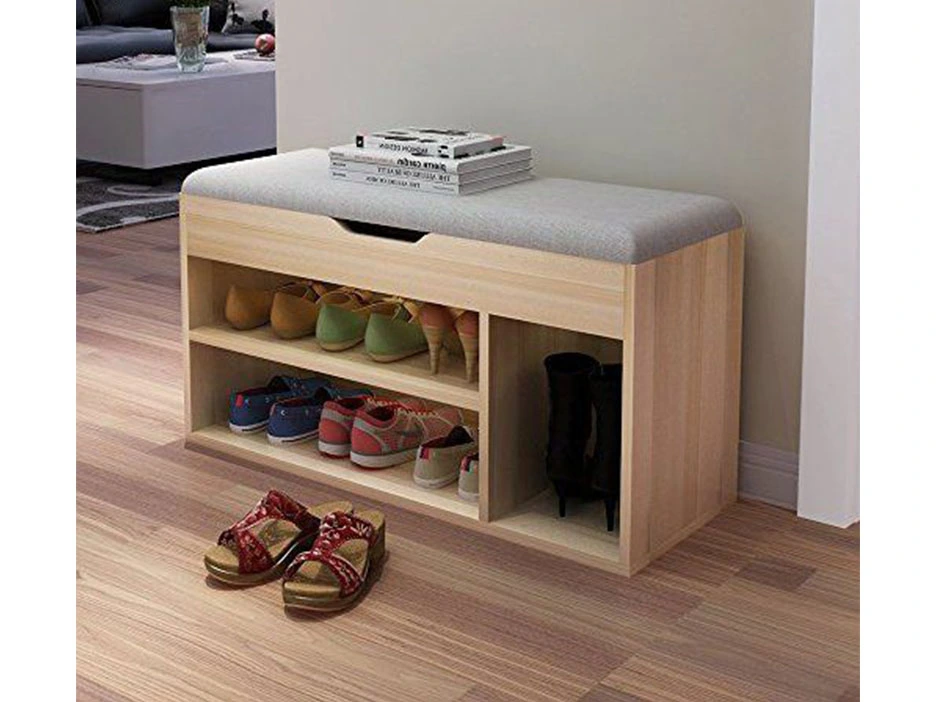
3. Bench with Storage: A storage bench near an entryway provides a place to sit while taking off shoes and offers storage for items like shoes, umbrellas, or bags.
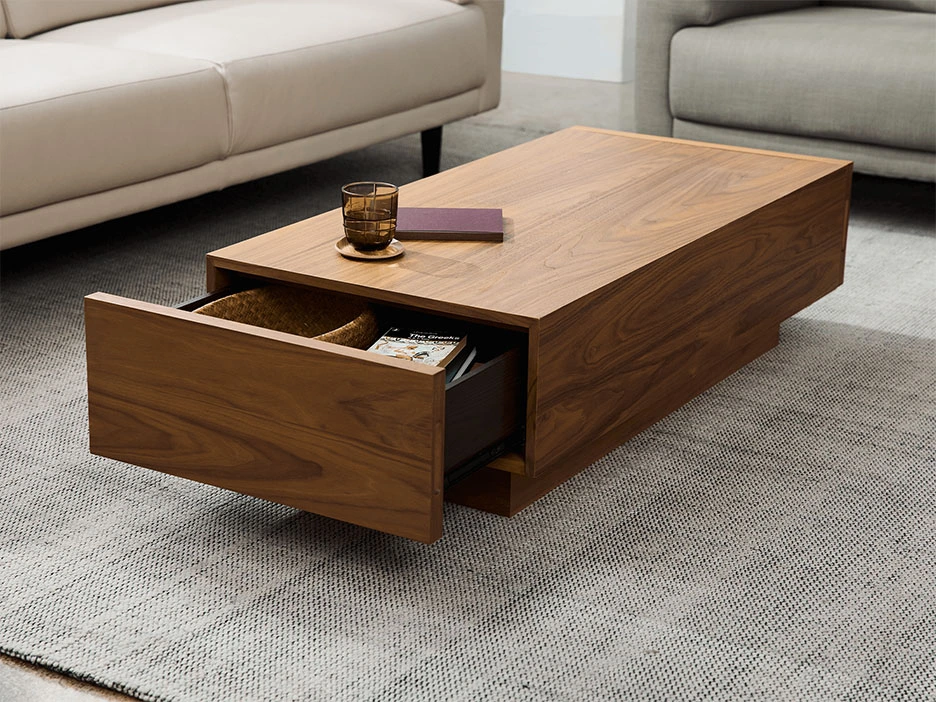
4. Coffee Tables with Storage: Coffee tables with drawers or shelves beneath the tabletop offer a place to keep books, remotes, and other items organized.
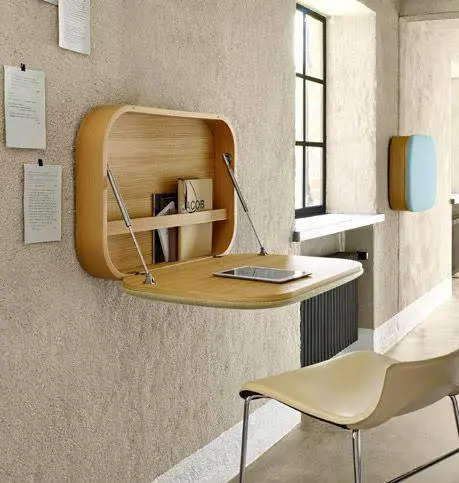
5. Wall-Mounted Desks:* These desks save floor space and can be folded up when not in use. They often have compartments for storing office supplies.
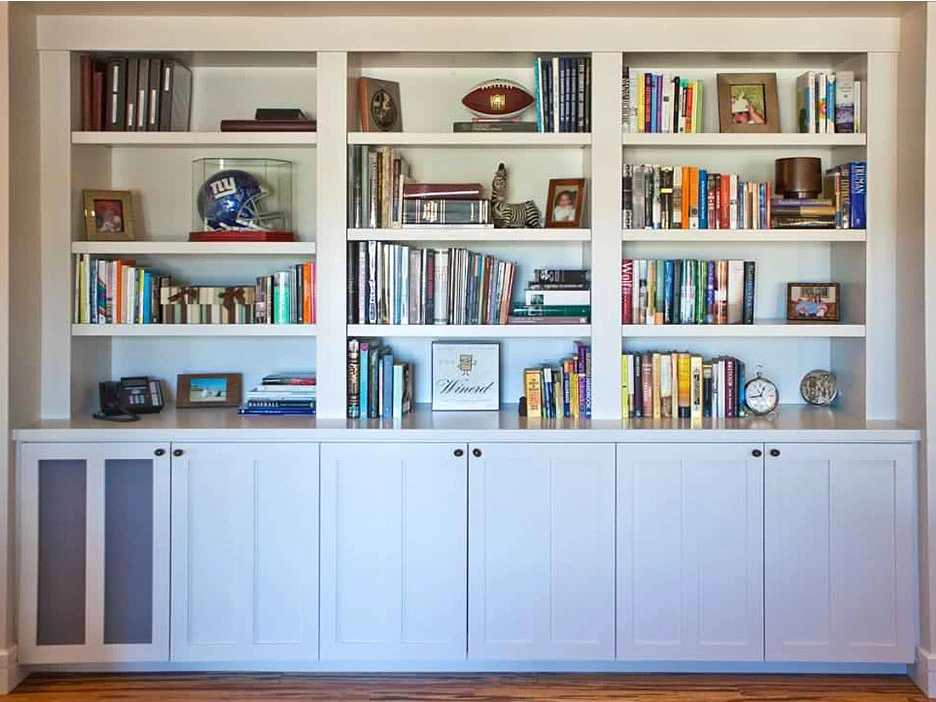
6. Bookshelves with Cabinets: Bookshelves that combine open shelves for books and display with closed cabinets for storage can keep clutter hidden while showcasing your favorite items.
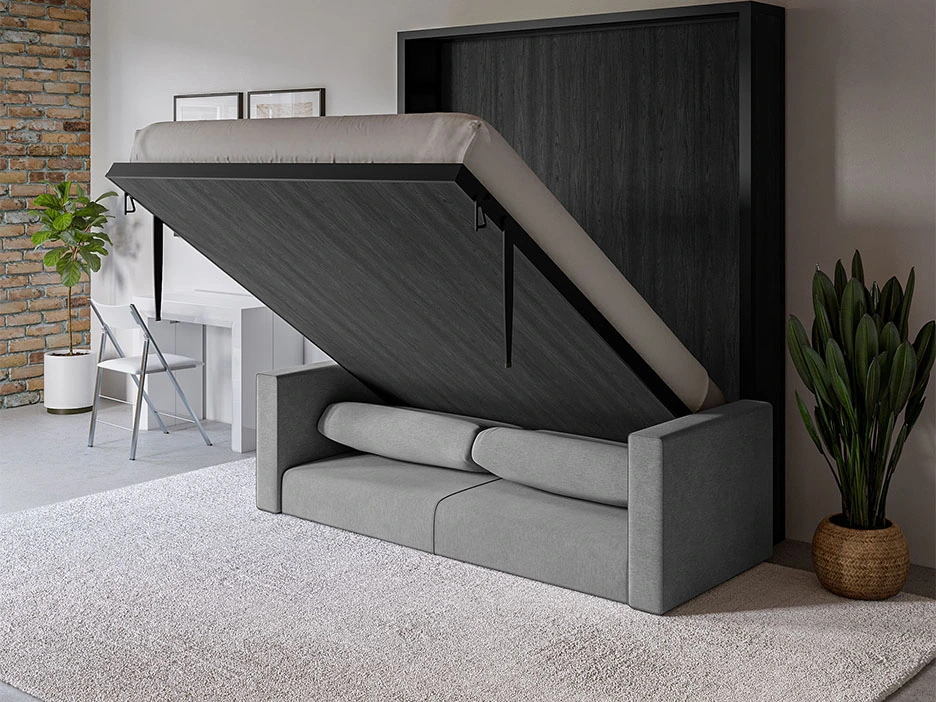
7. Murphy Beds: Also known as wall beds, Murphy beds can be folded up into a wall or cabinet when not in use, freeing up floor space.
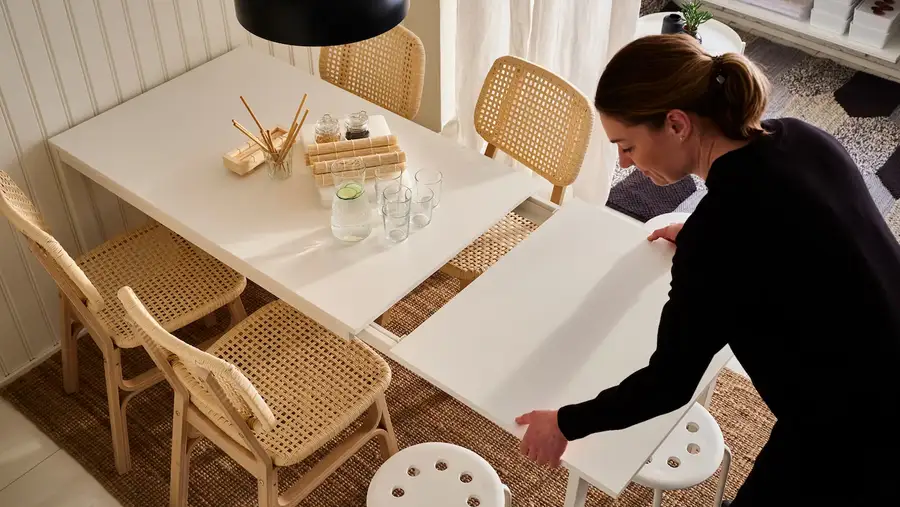
8. Dining Tables with Extensions: A dining table with expandable leaves can accommodate more people when needed and be scaled down for everyday use.
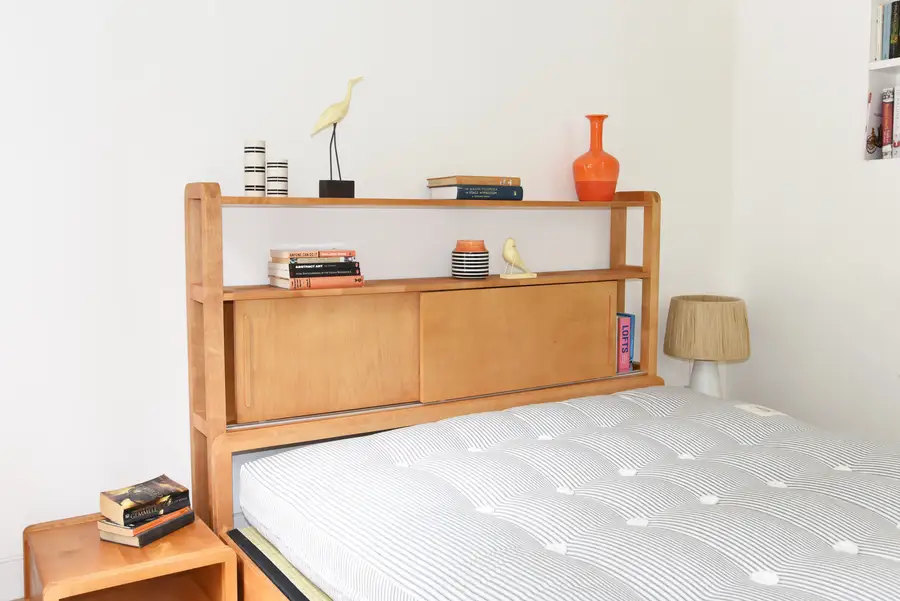
9. Storage Headboards: Beds with built-in storage in the headboard are great for keeping books, electronics, or personal items within reach.

10. Floating Shelves with Hooks: Wall-mounted shelves with hooks can store items like keys, coats, and bags, reducing the need for additional furniture.

11. Kitchen Islands with Storage: A kitchen island with shelves or drawers can provide extra storage space for pots, pans, and utensils.
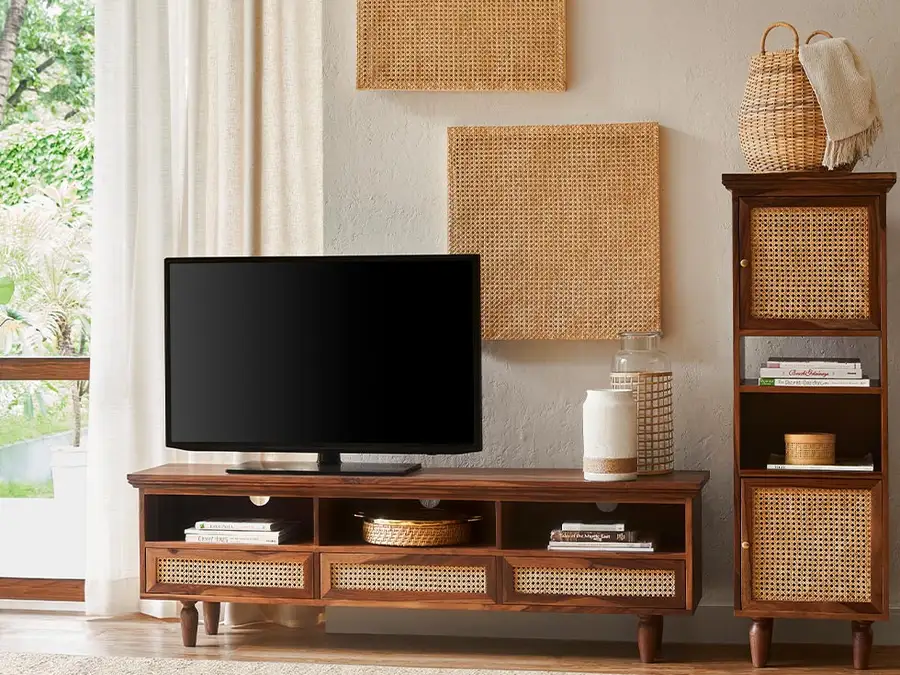
12. TV Stands with Cabinets: TV stands that incorporate cabinets or drawers are ideal for tucking away media devices, DVDs, and other entertainment items.
When choosing multi-purpose storage furniture, consider your specific needs and the layout of your space. Opt for pieces that blend well with your overall decor while efficiently addressing your storage requirements.
For another interesting video visit our YouTube Channel.
You can see different Bedroom designs on our website.

